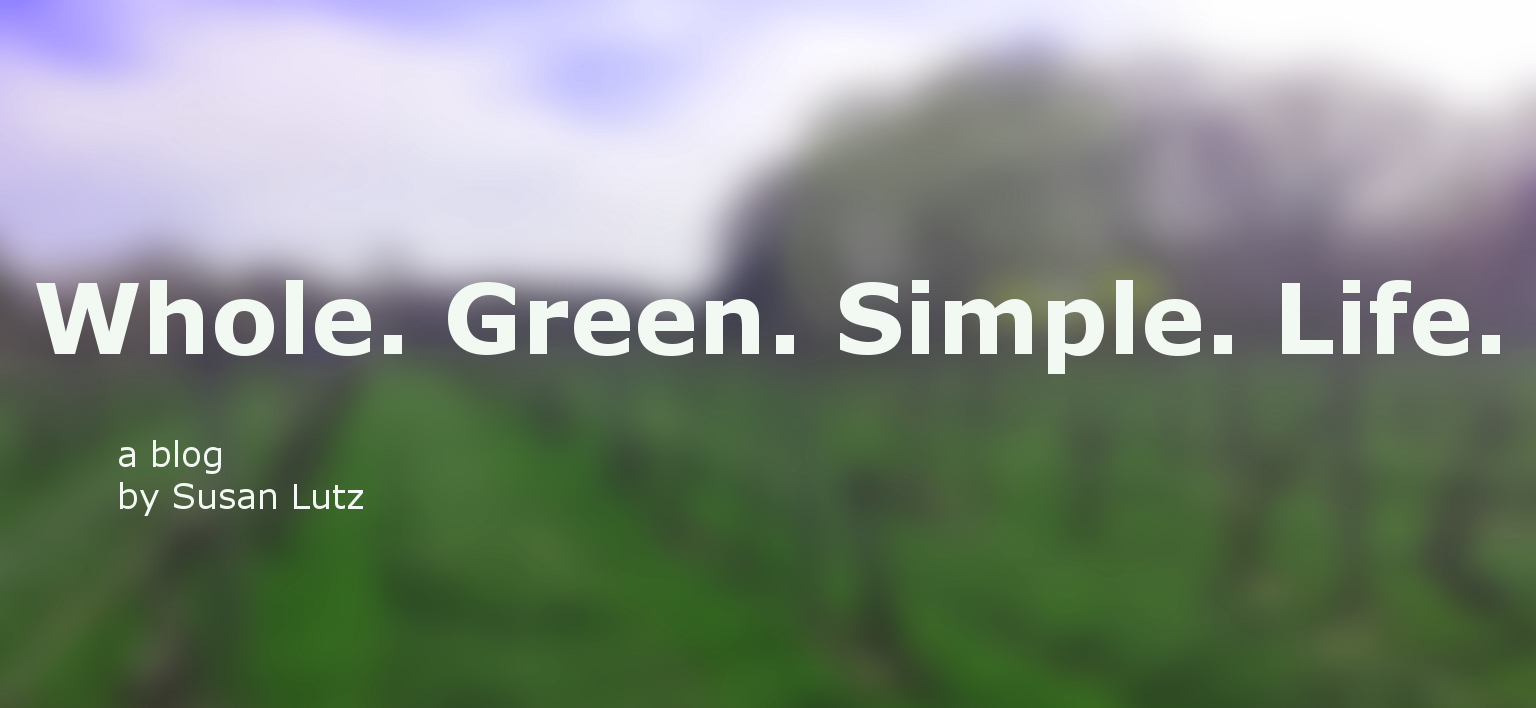By Susan Lutz
Eating well means we must understand what healthy ingredients are. Then, we must find, prepare, and finally consume them. In each one of these steps, a pile of information, contradictions, and blockades pop up like a viscous video game, trying to keep us away from our goal of optimum health.
I find it hard enough to battle my own appetite in the quest for good health. Sugar tastes really good. So does salt. Between the battle of calories between chips and candy, I think I’m doing well for my health by choosing vegetables, fruits, and organic products. Yet, I fall short and cave in occasionally. Something I notice when I chew on a chip or down some ice cream is how much cheaper it is to fill up on this stuff.
I started reading food labels back in college when the idea of health and watching what we ate and what it was composed of became more mainstream. I focused on trying to avoid food additives, food coloring, and sugar. Every year since then, it seems another ingredient is added to the list of things-that-are-horrible-for-you. When I was a kid, doughnuts were thought of as kind-of healthy. (I mean they had wheat in them.) We’ve probably all, at times, thought we were “wholesome” products such as granola, cookies, or pizza only to find out that they’re loaded with corn syrup or low-grade industrial cooking oils, or refined grains.
Turns out, many of these not-so-healthy ingredients are subsidized by the government. And if we aren’t eating soy, grains like wheat, corn, rice, our livestock are. Even if we make a huge effort to stay away from these foods, we probably eat them at some time or another. According to this New York Times article:
Between 1995 and 2010, the government doled out $170 billion in agricultural subsidies to finance the production of these foods, the latter two in part through subsidies on feed grains….Most are used as feed for livestock, turned into biofuels or converted to cheap products and additives like corn sweeteners, industrial oils, processed meats and refined carbohydrates.
Trying to avoid these foods seems impossible. Fill up a bag with organic foods and a comparable bag of “regular” food. Feeding a family with the former is really difficult for most budgets. In addition, the government wanted to allow the non-labeling of food.
The Dark Act, a bill to stop labeling of GMO food, failed in the Senate in March of 2016. Free to move forward, the Vermont’s law requiring food to be labeled took effect July 1, 2016. Those opposed to GMO foods, claim victory only for now, yet still fear a reconstructed form of the bill could come forth in the year to come.
Information drives a consumer to make choices. Price can be the final factor. When choosing to feed a family, many of us must opt for those products because they are cheaper. And then, we get hooked. Our diet is constructed around these products. Changing my eating habits and information took years. Stopping for an organic, grass-fed, dairy cow’s ice cream could be out of the budget and often out reach, literally, for many families. Frozen ice pops in the local market’s freezer in fun-filled flavors are always ready, available, and priced to sell.

